If you find in-ear headphones tedious and unpleasant to use, worry not. Here, we have made a list of the best open-ear wireless headphones. These headphones bring the best of both worlds and combine good acoustics with a comfortable fit that doesn’t bite in your ears.
SoundPEATS Wireless Earbuds Air 3 Deluxe HS
- Driver size: 14.2mm | Codecs supported: SBC, LDAC
- Battery life: Up to 5 hours | IP Rating: IPX4
These earphones work best with Android phones, especially if you want to make the most of the LDAC codec — iPhone users will not be able to leverage the earbuds’ LDAC codec. At the same time, we recommend using the earbuds with a streaming service like Apple Music or Tidal that supports lossless streams. The battery life isn’t bad either, and it lasts up to five hours at a stretch.
What We Like
What We Don’t Like
Marshall Minor III True Wireless earbuds
- Driver size: 12mm | Codecs supported: SBC, aptX
- Battery life: Up to 5 hours | IP Rating: IPX4
At the same time, the presence of two microphones at the bottom results in crystal-clear phone calls. However, the earphones don’t support Apple’s AAC codec. On the upside, Android users can leverage the aptX codec, which offers a significantly higher bitrate than AAC and SBC codecs. Lastly, you can use the buds for up to five hours at a stretch, while the case can add another 25 hours.
What We Like
What We Don’t Like
Nothing Ear Stick
- Driver size: 12.6mm | Codecs supported: SBC, AAC
- Battery life: Up to 7 hours | IP Rating: IP54
While the case sports a rather unique cylindrical look, it doesn’t support wireless charging. On the upside, the earbuds can relay media via AAC and SBC Bluetooth codecs. The Ear Stick can last up to seven hours off a single top-up, and the case provides an additional 29 hours. While you should take the numbers with a grain of salt, they match the theoretical numbers to some extent.
What We Like
What We Don’t Like
Sony LinkBuds WF-L900
- Driver size: 12mm | Codecs supported: SBC, AAC
- Battery life: Up to 5.5 hours | IP Rating: IPX4
Notably, the LinkBuds sound decent for the price. While the earbuds lack a satisfying thump in the low end, they reciprocate the mids and highs well. That said, they lack the support for Sony’s high-res LDAC codec and only support SBC and AAC codecs. Lastly, the LinkBuds can play music for up to 5.5 hours at a stretch, and the bundled case adds another 11 hours of music playback time. While that isn’t as impressive, you can still enjoy your favorite artist and be in sync with your surroundings.
What We Like
What We Don’t Like
Apple AirPods (3rd Generation)
- Driver size: 11mm | Codecs supported: SBC, AAC
- Battery life: Up to 6 hours | IP Rating: IPX4
Unlike the older AirPods, the 3rd-generation ones feature IPX4 certification, too, making them impervious to damage from sweat or moisture. The performance is top-notch, and so is the battery life. The newer AirPods should last you about six hours off a single charge. And thanks to the bundled case, you’ll get an additional 30 hours.
What We Like
What We Don’t Like
FAQs
For the most part, yes. Open-ear headphones will always leak some sound, however, you can always mitigate that by lowering the volume.
Open-back headphones are a pair of over-ear headphones. They are designed to let the sound and air pass through the outer housing, which is ideal for analytical listening. Open-ear headphones, on the other hand, sit in your ears without completely covering them. As a result, you can be aware of your surroundings and enjoy music together.
Open-ear headphones can sound a bit timid to their in-ear counterparts in the bass department. At the same time, open-ear headphones can offer a wider sound stage too.
Was this helpful?
Last updated on 12 April, 2024
1 Comment
Leave a Reply
The article above may contain affiliate links which help support Guiding Tech. The content remains unbiased and authentic and will never affect our editorial integrity.

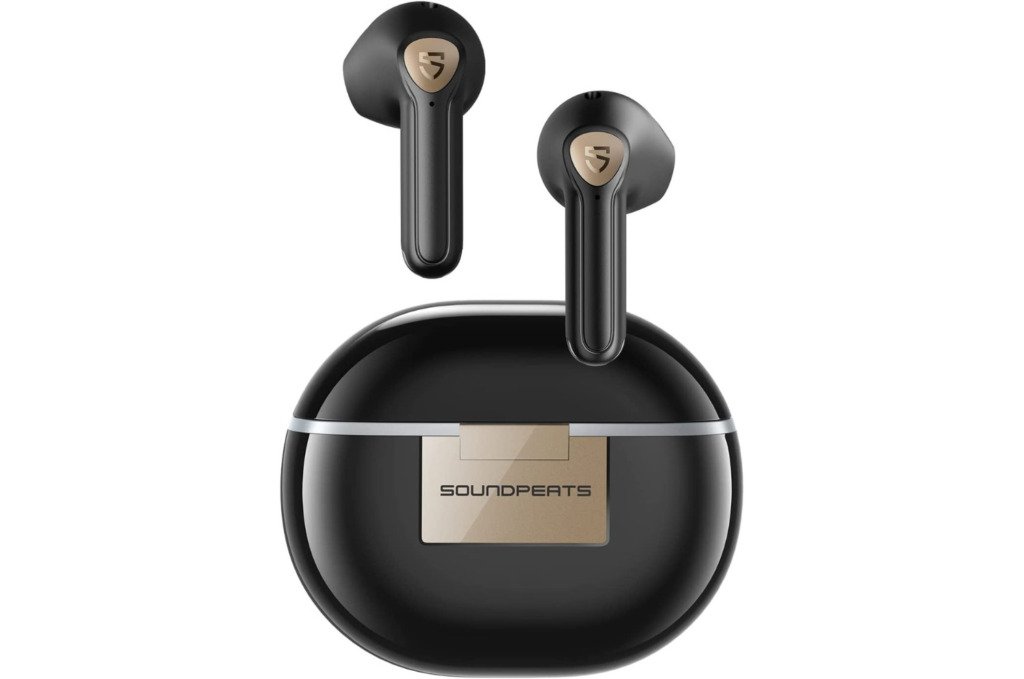
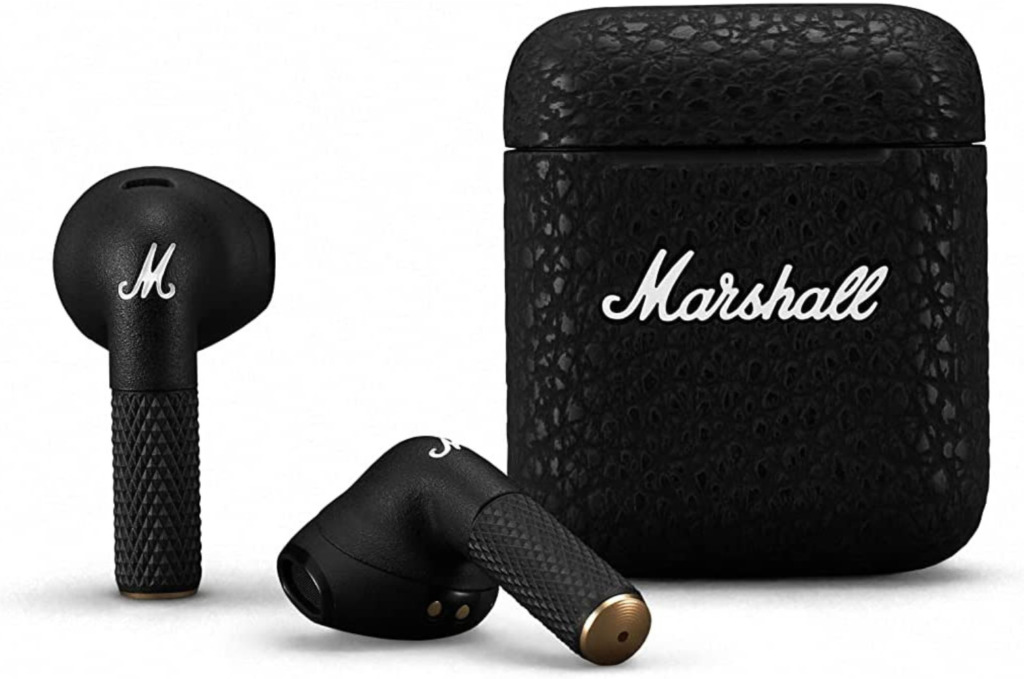

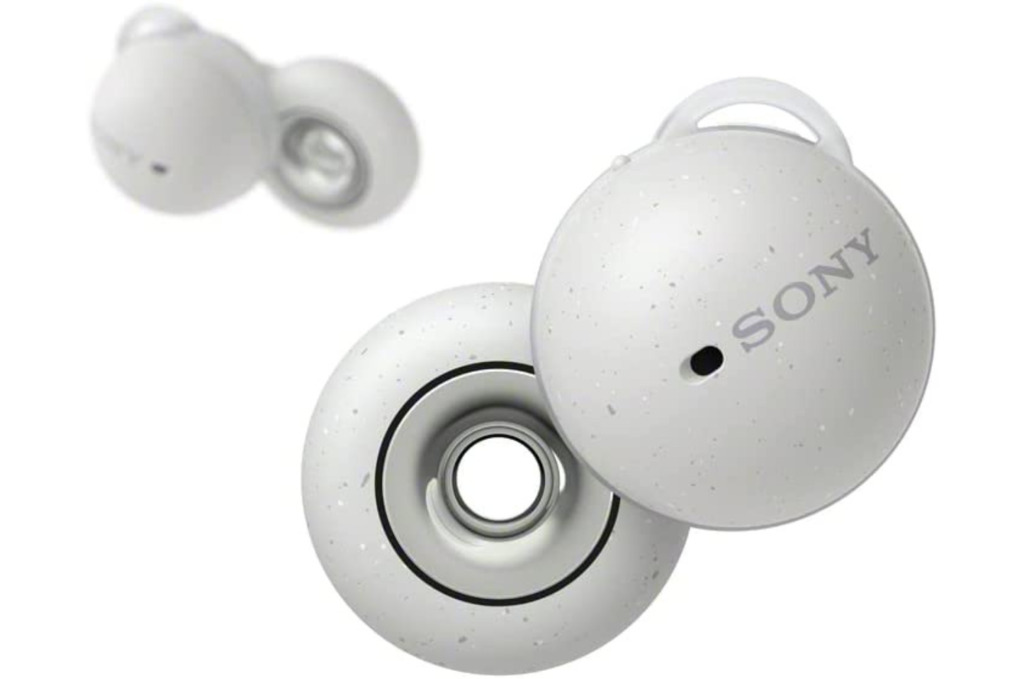
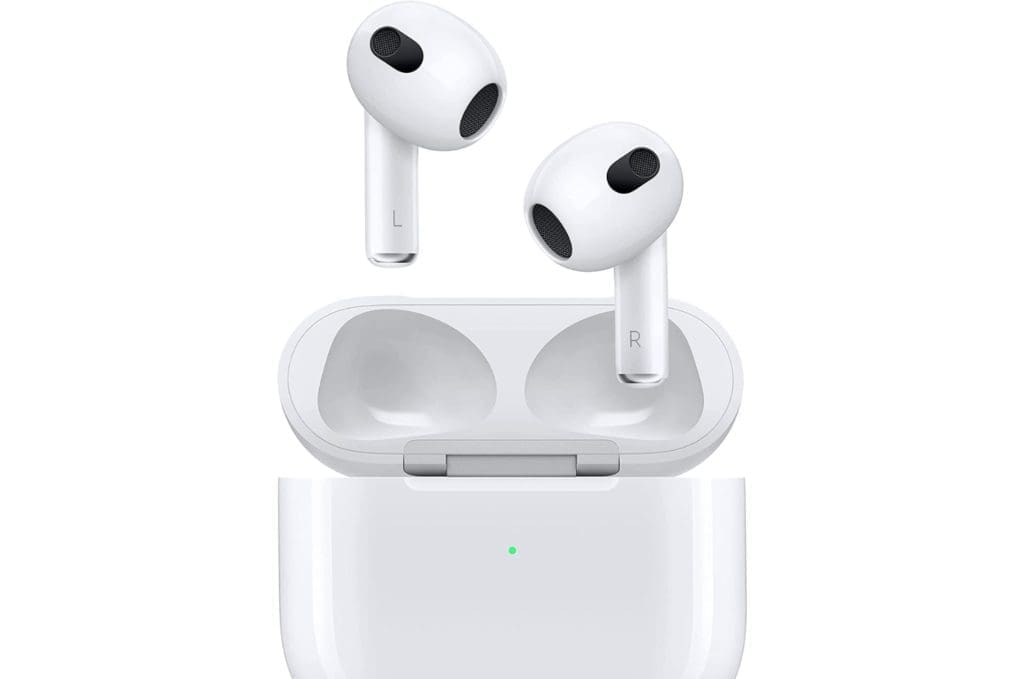
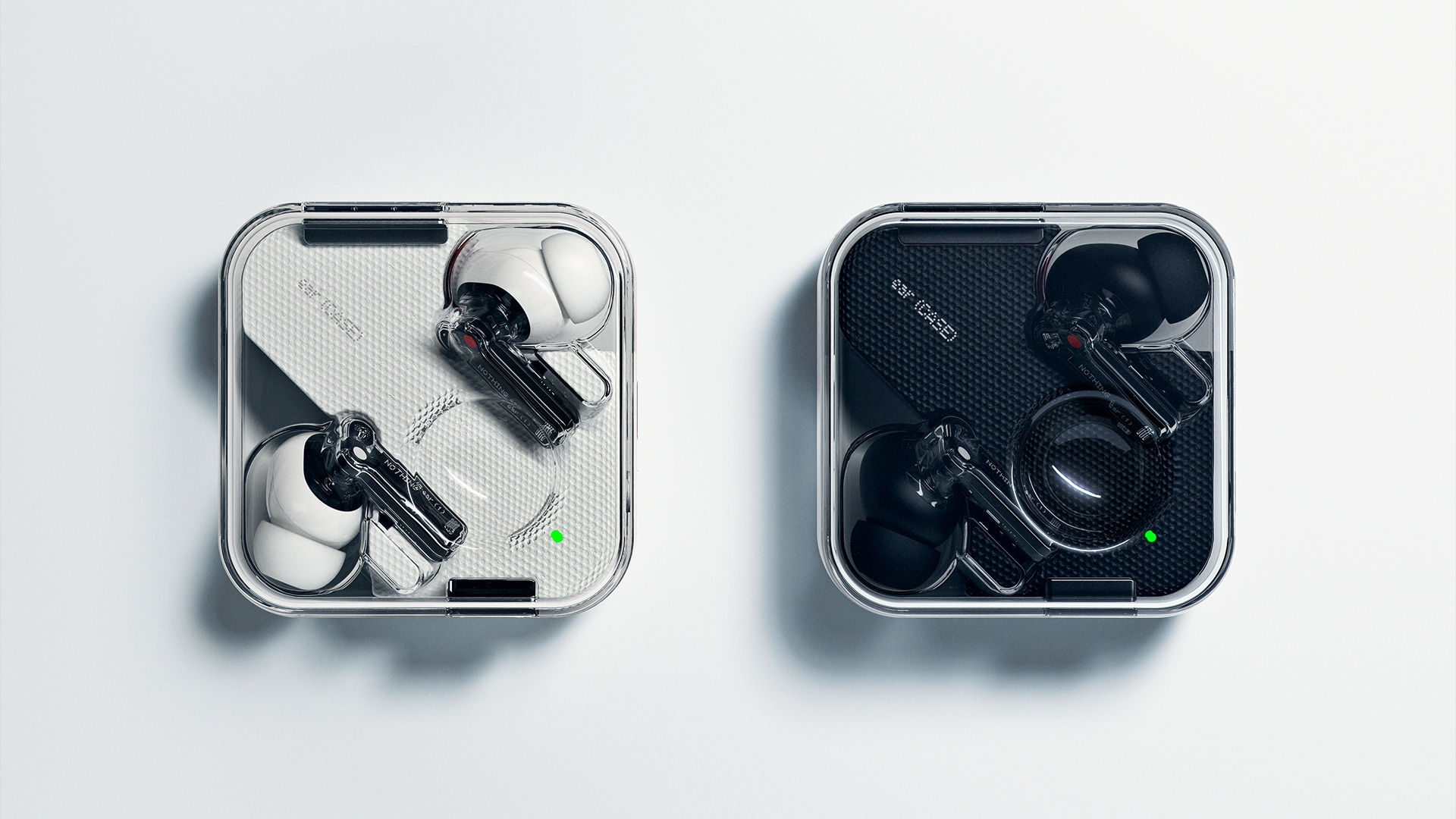
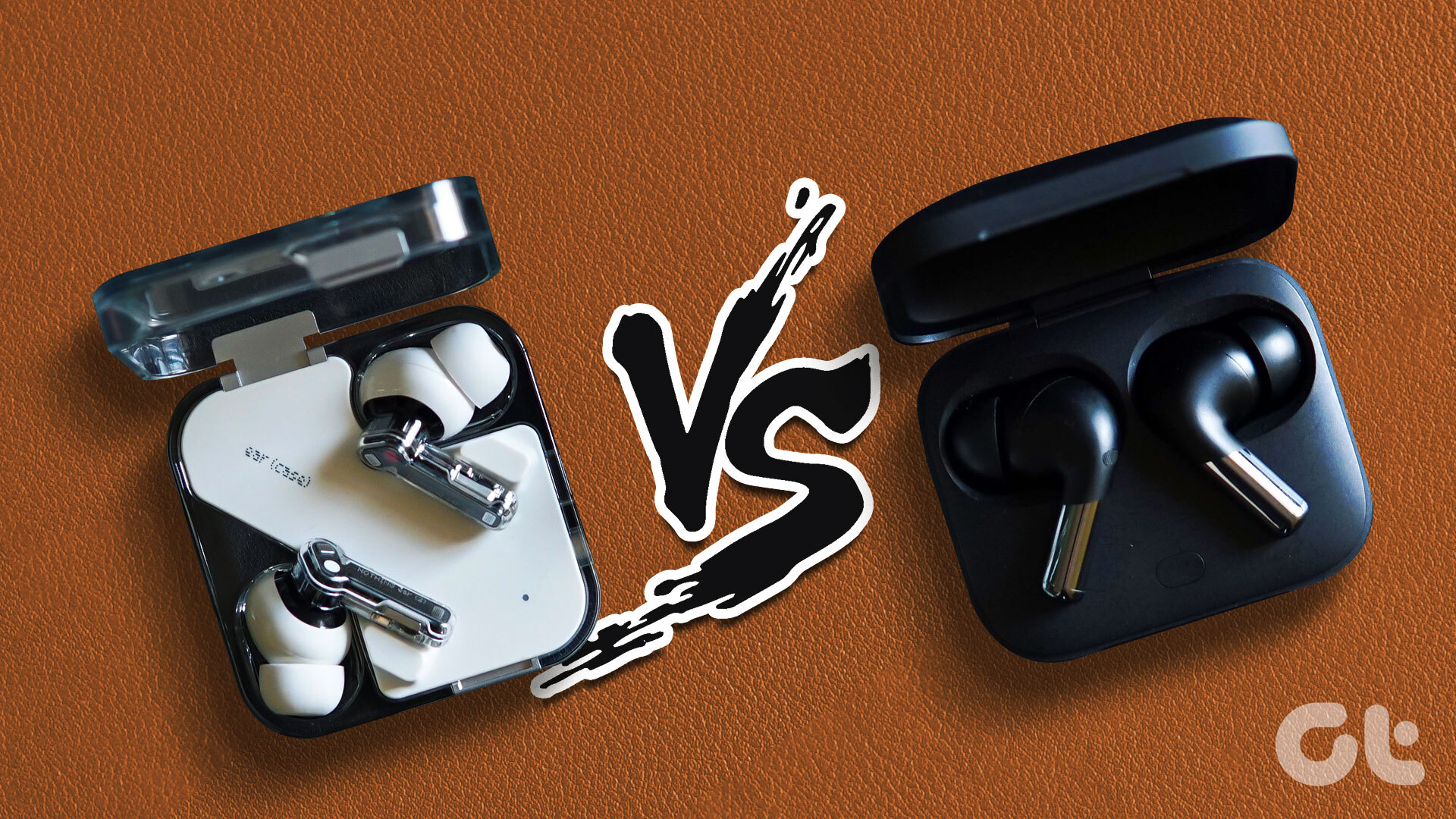

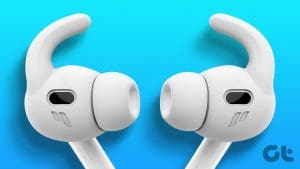
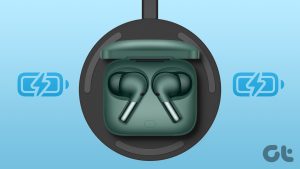
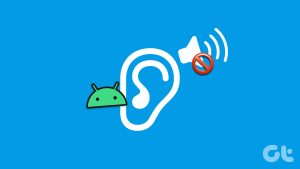
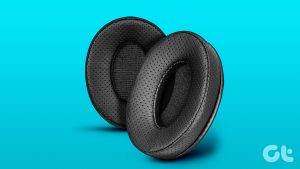
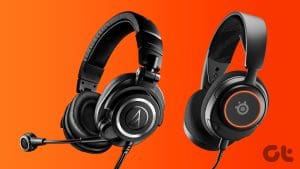

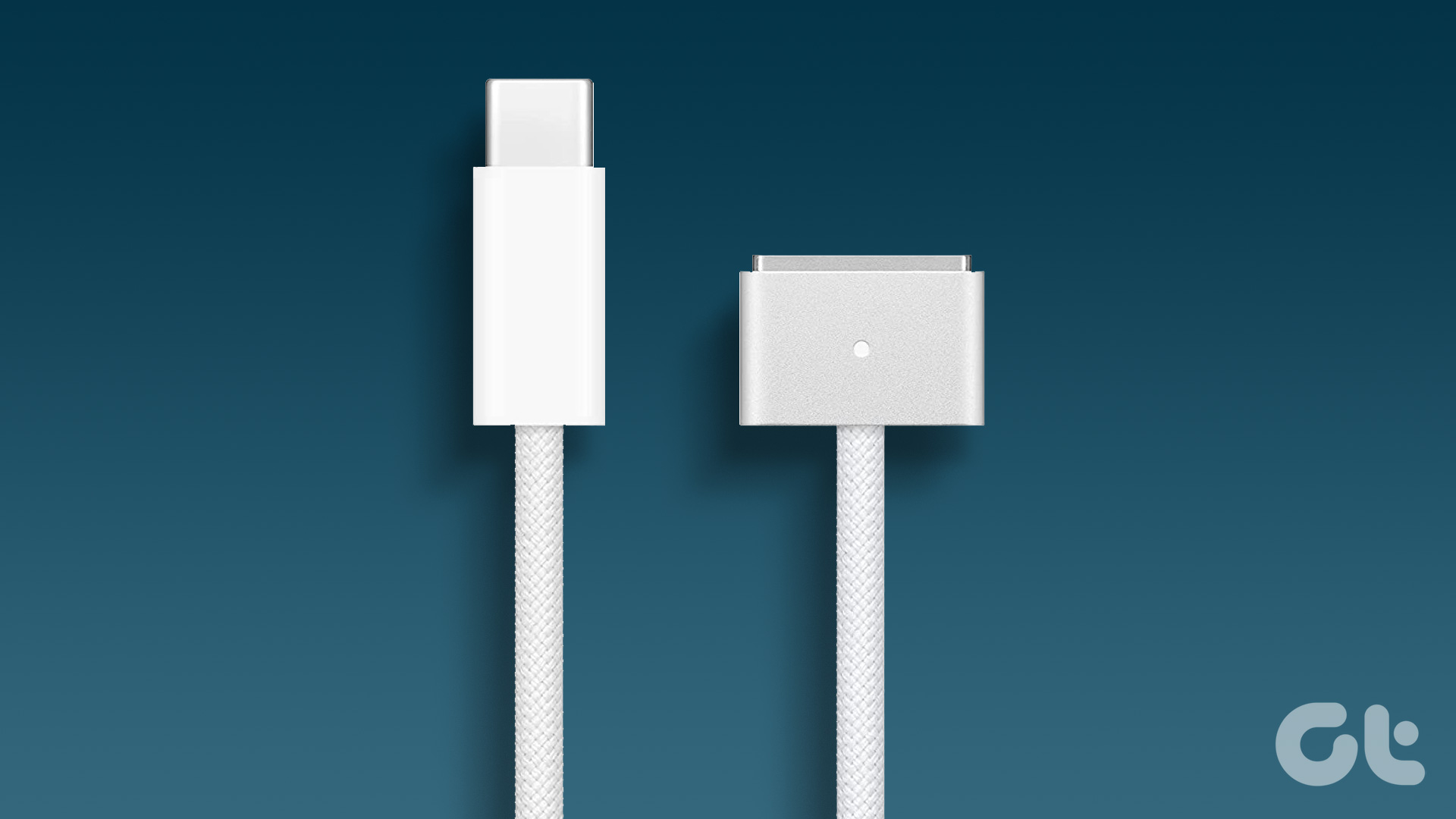
Is “open ear” an agreed-upon term that describes this type of earbuds? I’ve heard “semi in-ear” and “half in-ear,” which both make sense because those earbuds do go in the ears but not as tightly or deeply as the ones with silicone tips, but I’ve never heard of “open ear.” Can you please educate me?